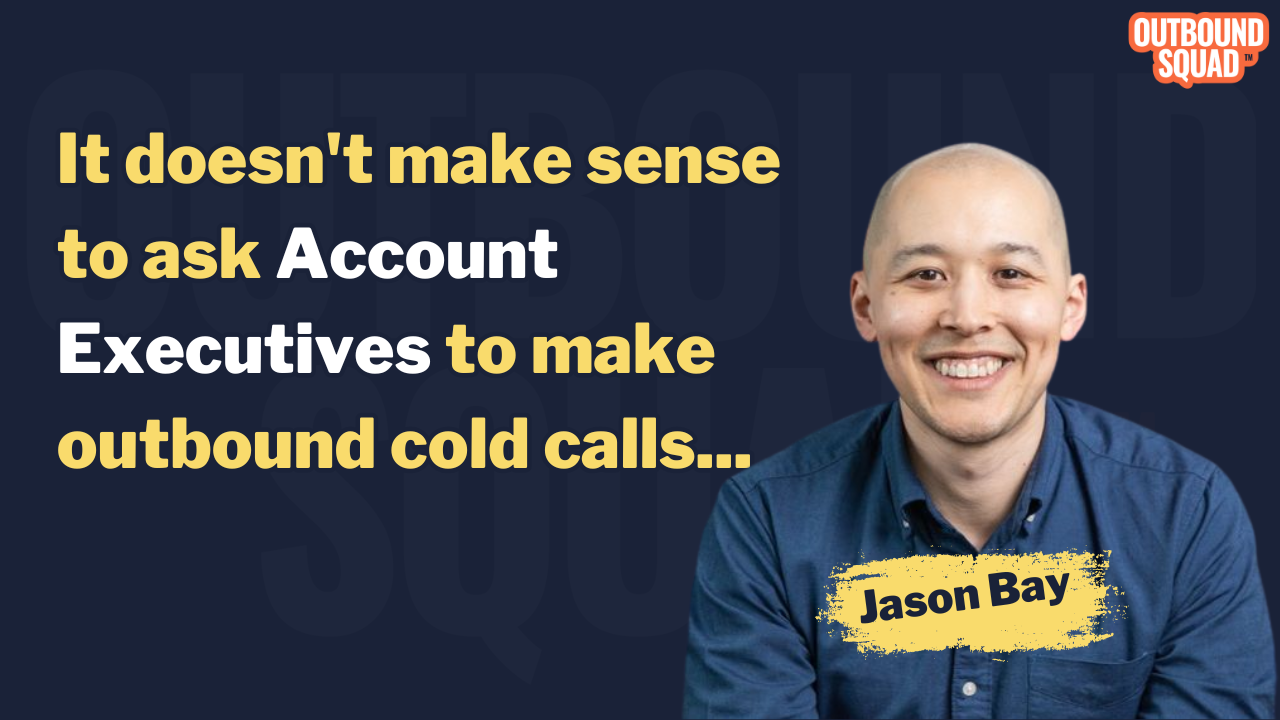
If you want credit for the good—you have to take responsibility for the bad.
If you want credit for the good—you have to take responsibility for the bad.
Here's what to do when you drop the ball:
👇
This happened between a senior SDR leader and a senior sales leader back in January.
I was on the call, and it got awkward.
The senior sales leader wouldn't take ownership of how hard an AE was making multiple SDRs' jobs. Instead, they kept blaming the SDR team for the mistake.
The meeting got nowhere.
Here's how the senior sales leader could have handled this differently (and what you can do in these situations):
⛔️ Don't make excuses
I'm a big fan of Jocko Willink's approach on this one: extreme ownership. It's your department. And everyone in it is a direct reflection of you.
This leader should have taken full ownership of how hard their AE was to work with. That would have de-escalated this situation immediately.
⛔️ Don't talk about what happened
Explanations rarely help because they sound like excuses. If you want to show that you had positive intent, weren't being lazy, etc. ask the person. Get the opt-in.
If there were important details that might be helpful—again, ask to share them.
"I have an explanation, not an excuse, that could help prevent this issue in the future. Do you mind if I share more? It'll help give you context on how I think we can prevent this in the future."
✅ Talk about what you're going to do (and how you'll prevent this from happening again)
Be prescriptive. I'm a fan of threes. In three steps (A, B, C or 1, 2, 3) share what you plan to do to resolve the issue. And how this can be prevented in the future.
This creates reciprocity. When you show you're putting in work, it invites the other party to put effort into helping you fix your mistake.
✅ Follow through
The most overlooked step. Simply do what you said you were going to do!
Pro tip: Once you resolve the situation, send a quick message to the person letting them know the issue is resolved. And thank them for their feedback.
~~~
Agree or disagree?
Ready to chat?
.svg)
.svg)
.svg)
.png)


